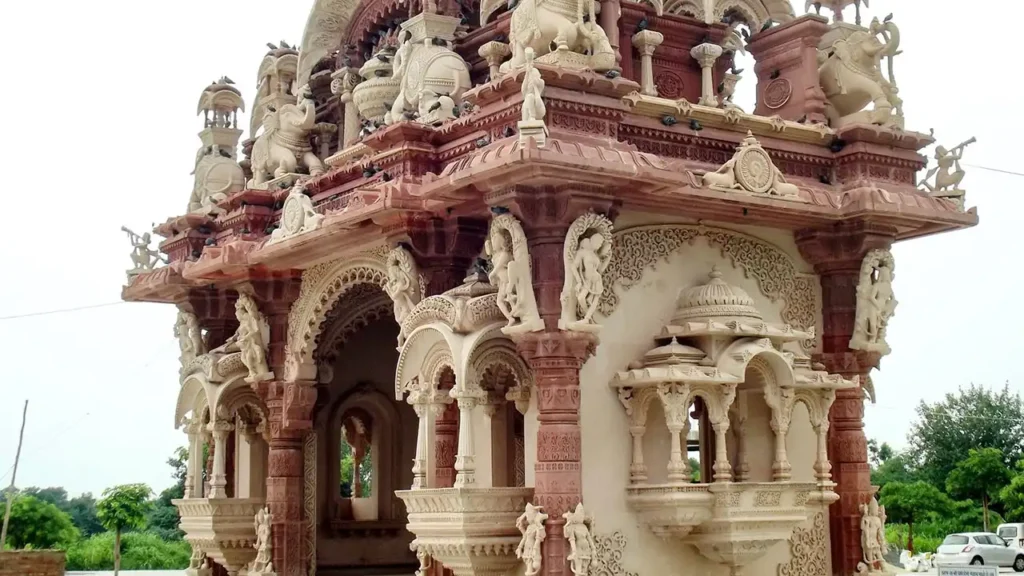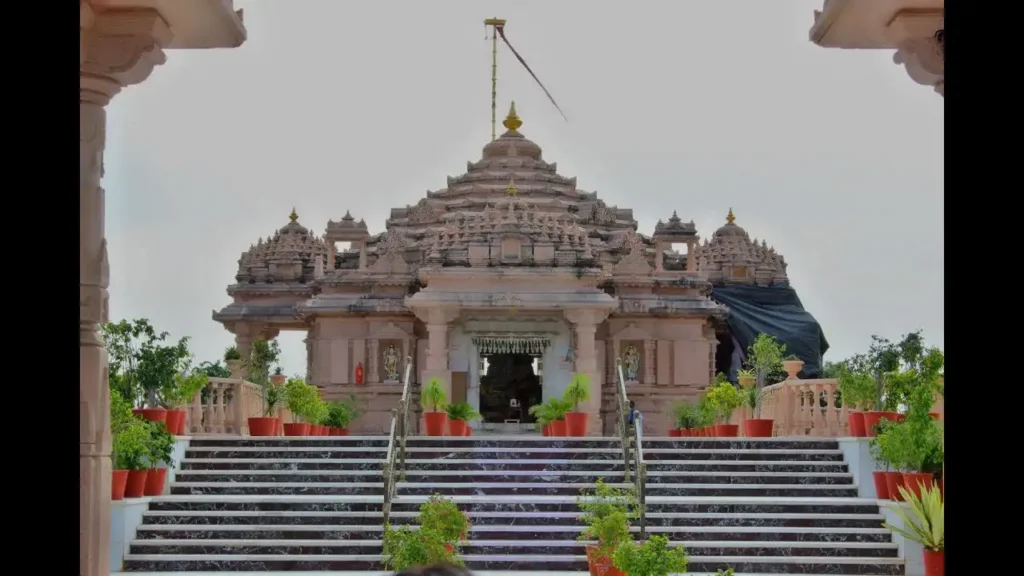Nestled in the picturesque landscapes of Gujarat, Gabbar Hill stands as a testament to both natural beauty and historical significance. This article aims to delve into the essence of Gabbar Hill, from its historical roots to the practical details of planning a visit. Whether you’re an avid traveler seeking adventure or a history enthusiast craving insight, Gabbar Hill offers an enriching experience waiting to be explored.
Introduction to Gabbar Hill
What is Gabbar Hill?
Gabbar Hill, situated in the Girnar mountain range near Junagadh in Gujarat, is a revered pilgrimage site for both Hindus and Jains. Rising to an elevation of approximately 860 meters above sea level, Gabbar Hill offers breathtaking panoramic views of the surrounding landscape, adorned with lush greenery and rugged terrain.
History of Gabbar Hill
Gabbar Hill holds deep-rooted historical significance, with legends tracing back to ancient times. According to folklore, it is believed to be the site where Lord Dattatreya, a revered deity in Hinduism, resided. Additionally, Gabbar Hill has historical connections to the Mauryan Emperor Ashoka, who is said to have visited the site during his reign.
Visiting Hours
Gabbar Hill welcomes visitors throughout the year, with the best time to visit being during the cooler months from October to March. The hill is accessible from dawn to dusk, allowing ample time for exploration and sightseeing amidst the tranquil surroundings.
Entry Fees
As of the latest information available, there are no entry fees levied for visiting Gabbar Hill. However, visitors are encouraged to adhere to any regulations and guidelines put forth by the local authorities for maintaining the sanctity and preservation of the site.

Frequently Asked Questions
How do I reach Gabbar Hill?
Gabbar Hill is located approximately 6 kilometers from the city of Junagadh in Gujarat. Visitors can reach Junagadh by various modes of transportation including road, rail, and air. From Junagadh, taxis, buses, and private vehicles are available to reach Gabbar Hill.
Is Gabbar Hill suitable for trekking and adventure activities?
Yes, Gabbar Hill offers excellent opportunities for trekking enthusiasts. The trail to the summit is well-marked, albeit slightly challenging in certain sections. It’s advisable to wear comfortable trekking shoes and carry sufficient water and supplies for the journey.
Are there any religious significance and temples on Gabbar Hill?
Absolutely, Gabbar Hill holds immense religious significance for both Hindus and Jains. The hill is adorned with temples dedicated to various deities, including Lord Dattatreya and Ambaji Mata. The temples attract pilgrims and devotees from far and wide, especially during festivals and auspicious occasions.
What are the main attractions near Gabbar Hill?
Apart from Gabbar Hill itself, visitors can explore other attractions in the vicinity including Girnar Wildlife Sanctuary, Uparkot Fort, and the majestic Girnar Mountain Range. Each of these destinations offers a unique blend of natural beauty and historical charm, adding depth to the overall experience.
Is photography allowed on Gabbar Hill?
Yes, photography is permitted on Gabbar Hill, allowing visitors to capture the mesmerizing landscapes and architectural marvels that adorn the site. However, it’s advisable to be respectful of religious sentiments and seek permission before photographing individuals or specific religious ceremonies.
In conclusion, Gabbar Hill stands as a beacon of spirituality, history, and natural splendor in the heart of Gujarat. Its timeless allure continues to captivate travelers and pilgrims alike, beckoning them to embark on a journey of discovery and enlightenment. Whether you seek solace in the tranquil surroundings or marvel at the architectural wonders, Gabbar Hill promises an unforgettable experience that resonates long after the journey ends. Plan your visit today and immerse yourself in the mystical charm of Gabbar Hill, where every step unveils a new chapter in the tapestry of Gujarat’s rich heritage and culture.







